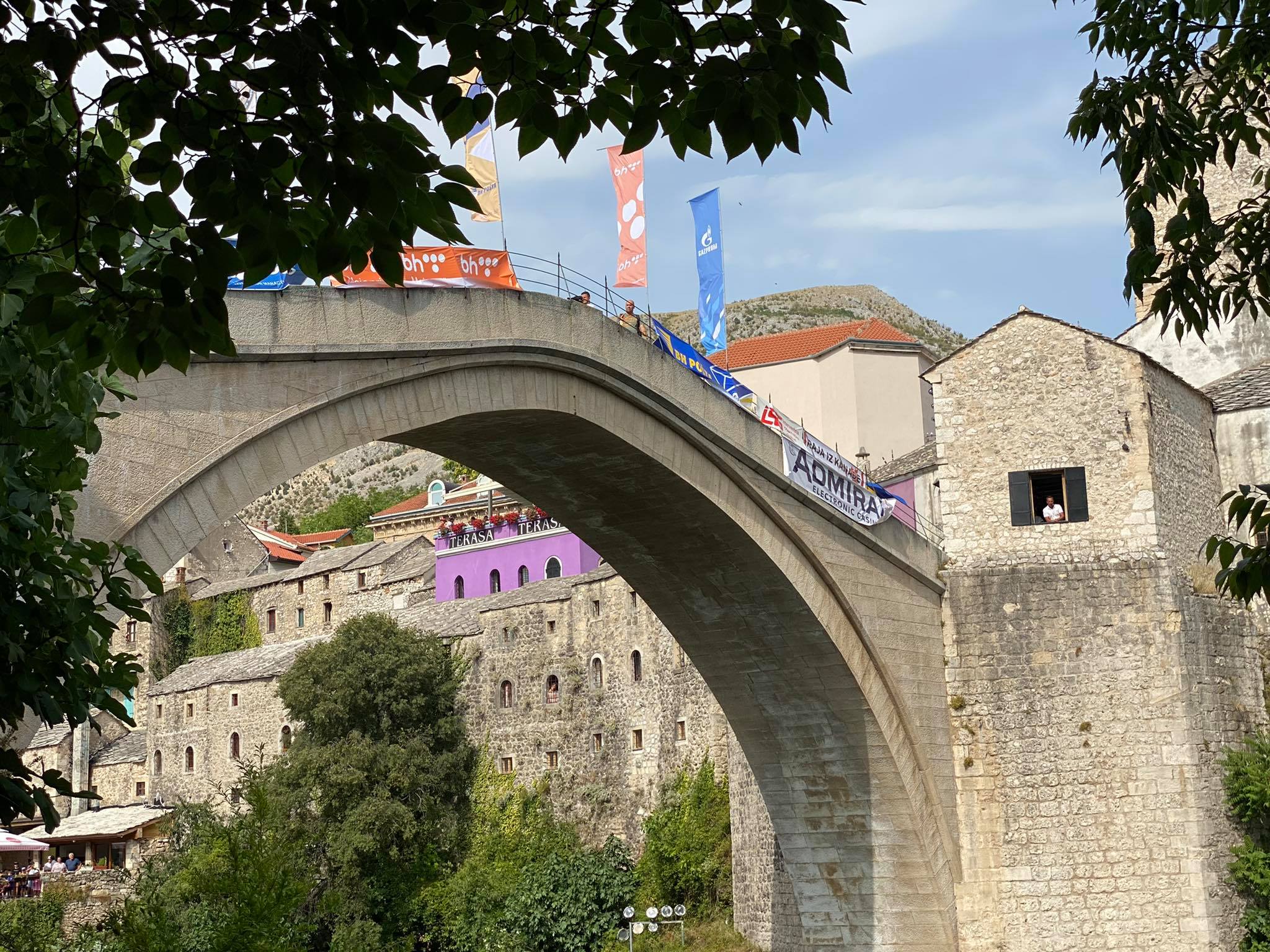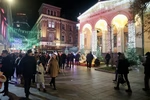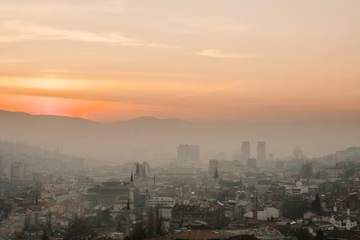Saturday marks 31st anniversary of destruction of Mostar's Old Bridge

Saturday marks 31 years since the destruction of Mostar’s iconic Stari Most (Old Bridge), a symbol of the city on the Neretva River and one of Bosnia and Herzegovina’s most significant cultural and historical treasures.
Oglas
Constructed between 1557 and 1566 under the orders of Sultan Suleiman the Magnificent and designed by Ottoman architect Mimar Hajrudin, the bridge was renowned for its sweeping arch. According to legend, Hajrudin fled Mostar the day before the bridge was completed, fearing that Sultan Suleiman, who had threatened him with death if the bridge’s arch collapsed, might carry out his threat.
The Stari Most was destroyed in 1993 amid heavy shelling from Croatian Defense Council (HVO) forces during the Bosnian War. After years of planning, its restoration began in 1999 and was completed with a grand opening ceremony on July 23, 2004.
The restoration project was complex and served not only as a reconstruction of the bridge itself but also as a means of fostering reconciliation between the communities on both banks of the Neretva River. The project began with the signing of an agreement in June 1999, and a special agency, the Project Coordination Unit (PCU), was established to oversee the bridge’s reconstruction and the preservation of Mostar’s cultural heritage.
Funding for the project came from various international sources. The World Bank provided a $4 million heritage preservation loan, marking its first loan for a cultural heritage project, with a 10-year grace period and a 35-year repayment term. The Italian government contributed $3 million, while Turkey provided $2 million, and the Netherlands and the City of Mostar each contributed $1 million. Additional support came from the Croatian government, the Council of Europe Development Bank, and France, which provided technical equipment and project documentation.
Funds were also allocated to rebuild the towers flanking the bridge and other nearby structures. In 2005, one year after the bridge’s reopening, Stari Most was added to UNESCO’s World Heritage List during a meeting in Durban, South Africa.
The bridge was rebuilt using the same materials as in its original construction over 400 years ago, including locally sourced tenelija stone, a traditional lime mortar, and an insulation material made from bauxite and clay.
Stari Most stands today not only as a restored architectural marvel but also as a testament to the resilience of Mostar’s people and their commitment to preserving a bridge that has long connected communities.
Kakvo je tvoje mišljenje o ovome?
Učestvuj u diskusiji ili pročitaj komentare
Oglas
Kakvo je tvoje mišljenje o ovome?
Učestvuj u diskusiji ili pročitaj komentare
Oglas





 Srbija
Srbija
 Hrvatska
Hrvatska
 Slovenija
Slovenija



























































